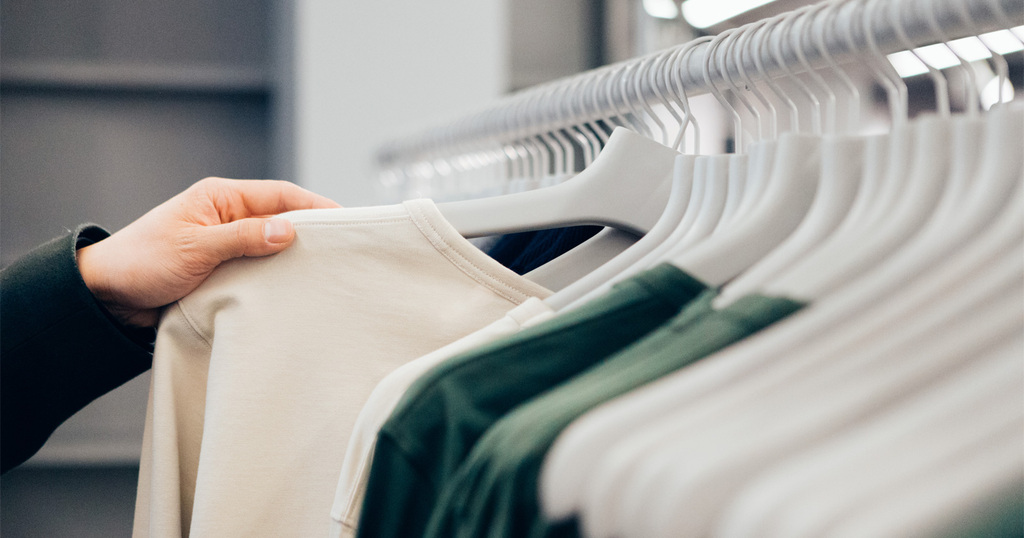Note: This website was automatically translated, so some terms or nuances may not be completely accurate.
Learn from luxury brand marketing experts: The shifting consumption trends of the new affluent class during the pandemic
When considering consumption trends and patterns, the "affluent class"—that is, wealthy individuals—has always held significant influence. While it's not necessarily true that "affluent class = trend leaders," it's often the case that "people with the financial means to easily purchase what they desire" act as early adopters, buying new products and services and sparking trends. There are observations that the consumption trends of this affluent class have shifted due to the COVID-19 pandemic.This time, we focus specifically on consumption trends among the younger generation of affluent individuals, often referred to as the "new affluent class."
A new type of affluent class is emerging among millennials
Many marketers likely wonder, "How have people's consumption styles changed due to the impact of COVID-19?" The inability to move freely due to infection control measures dealt a significant blow to restaurants, brick-and-mortar services, and events. Conversely, the adoption of digital services, including e-commerce, accelerated. How have people's consumption tendencies changed in this environment? One perspective worth examining is the shift observed among those referred to as the "new affluent class."While there is no clear definition of the "new affluent class," it generally refers to younger individuals within the affluent demographic—typically those in their 20s to early 30s, often called the "Millennial generation"—who have built their wealth independently, without inheriting assets from parents or others. They exhibit consumption styles distinct from previous affluent groups.
Therefore, we interviewed marketers from The Goal Inc., a fashion-special ized advertising company within the Dentsu Japan Network. The Goal excels in marketing and target insights for so-called "high-end brands," such as luxury fashion and high jewelry. We present the characteristics of the new affluent class and their consumption trends, as described by marketers skilled in analyzing affluent trends.
Pursuing "what fulfills me" rather than "recognition from others"

Regarding the consumption trends of the new affluent class, they first note that "changes are appearing in how they purchase fashion and luxury brands." Due to the pandemic, restrictions on going out and the need to refrain from large gatherings significantly reduced opportunities to attend weddings, ceremonies, parties, and similar events.This led to a sharp decline in so-called "occasion demand." Consequently, what was once "self-presentation consumption" – where "how others perceive me" was a key factor in luxury brand purchases – has now shifted to "self-satisfaction consumption," where the focus is on "whether I personally like the brand" and "whether I feel satisfied with the purchase."
This shift in purchasing motivation presents luxury brands with a new challenge: can they meet the diversity of self-satisfaction? For example, when how one appeared to others was the purchasing motivation, easily understood external evaluation criteria like "it's a popular item" or "it attracts everyone's attention" held significant meaning. In contrast, the criteria for "self-satisfaction" differ for each individual.It has become necessary to explore the diverse values and evaluation criteria within each customer and aim for an approach that achieves satisfaction.
Heightened Awareness of Sustainability
So, what constitutes "self-satisfaction" for the new affluent? While the criteria are diverse, one key factor is said to be awareness of sustainability.In fashion, seasonality and trends were once paramount. Every year, "the current trend" was announced, and owning it served as proof of being a consumption leader. Recently, however, a trend of "buying good quality items that last" has begun to emerge. For example, even for bags costing over 1 million yen, more people are purchasing them with the thought, "I want to use it for a long time."
The "Five Less" Keywords for Younger Generations' Consumption
Additionally, the "Five Less" keywords – "Seasonless," "Timeless," "Ageless," "Genderless," and "Priceless" – are gaining attention as key trends in recent consumption. The aforementioned behavior of purchasing a bag costing over 1 million yen as a "good item that lasts" aligns with "Timeless" and "Priceless."Among these, "genderless" has become a particularly significant trend word. It was also featured in the Nikkei MJ's "Hit Product Rankings for the First Half of 2021." In the fashion industry, clear distinctions like "men's collections" and "women's collections" were once the norm. However, in recent years, genderless products have increased, and fashion shows sometimes feature combined men's and women's collections. This too represents a new movement not seen before.
Consumer Trends Revealed by the Spending Habits of the New Affluent Class

As mentioned earlier, the pandemic has reduced opportunities to attend special events like parties, leading to a decline in consumption of high-end fashion items and luxury goods. So, where is the new affluent class directing their spending instead? Two trends have emerged.
Consumption to Delight Oneself
The first trend is "self-indulgence consumption" or "self-improvement consumption" – spending on things that bring personal joy, such as personal training, beauty treatments, cars, and vacation homes.An example of "self-indulgence consumption" is data showing that luxury car manufacturer Ferrari has continued to increase sales since 2019, even during the pandemic. Furthermore, in Karuizawa, a representative Japanese resort area, while the core buyer demographic was traditionally company executives and senior managers in their 50s and 60s, the spread of remote work has led to an increase in younger generations purchasing properties there for a "dual-location lifestyle."
Consumption emphasizing knowledge and stories
The second trend is "science-oriented consumption" or "otaku consumption." This describes young people who, for example, admire Steve Jobs and buy simple clothes from Uniqlo, yet simultaneously seek out luxury watches like Audemars Piguet costing over 20 million yen. They show strong dedication to specific items. Their purchase motivations include "interest in the internal structure," "history and tradition," and "satisfaction of intellectual curiosity."They value products that not only appeal to them but also offer knowledge or stories they can share within their community. Products attracting this interest include watches, electronics, real estate, wine, and contemporary art.
The COVID-19 pandemic has significantly altered people's lifestyles. Focusing on the affluent class as one indicator of these changes reveals the "cutting edge of trends." Furthermore, gaining the new affluent class as fans is synonymous with securing loyal customers for the long term. Consequently, many companies have made capturing the needs of this "new affluent class" a key marketing theme. Why not take this opportunity to see what they are seeking right now?
The information published at this time is as follows.
Was this article helpful?